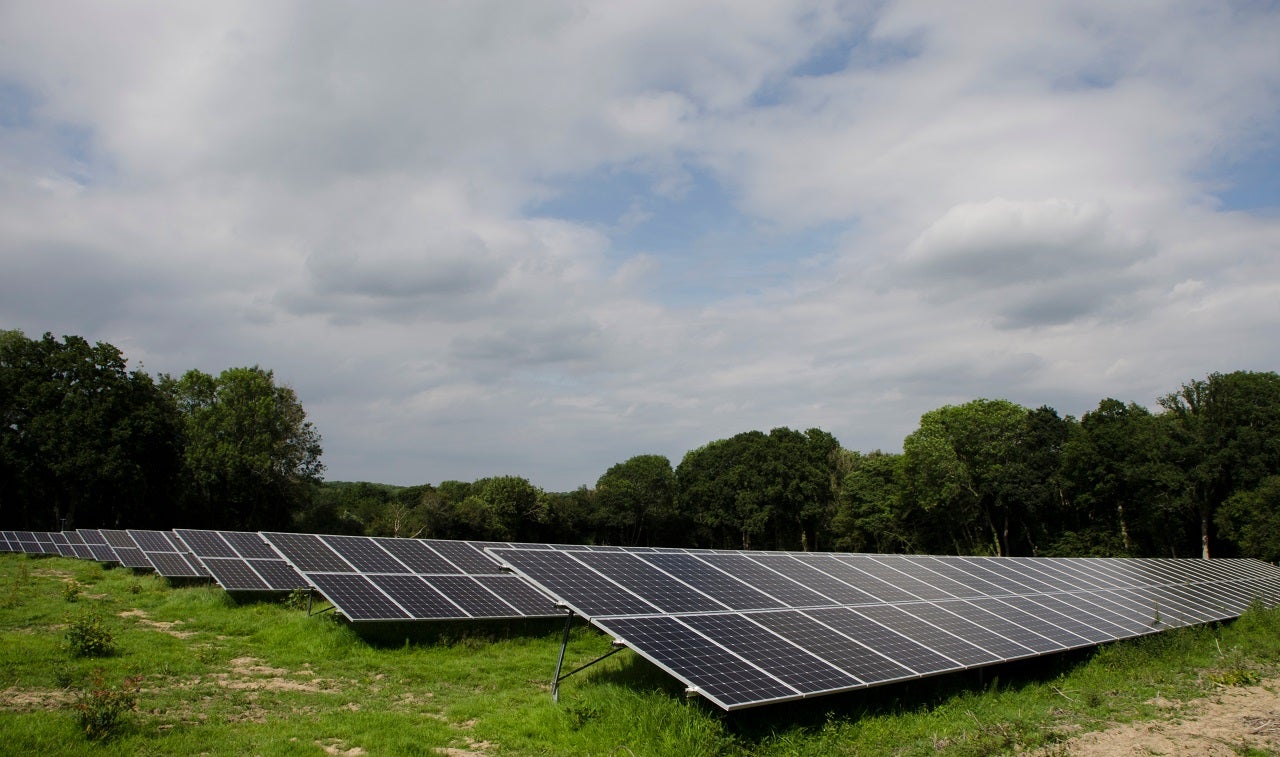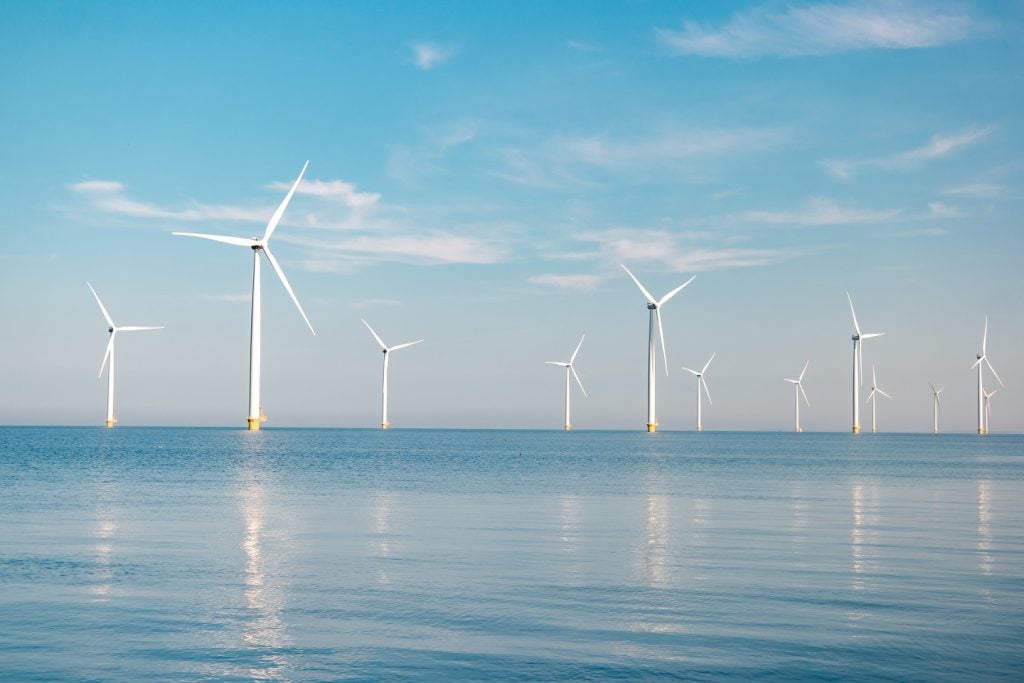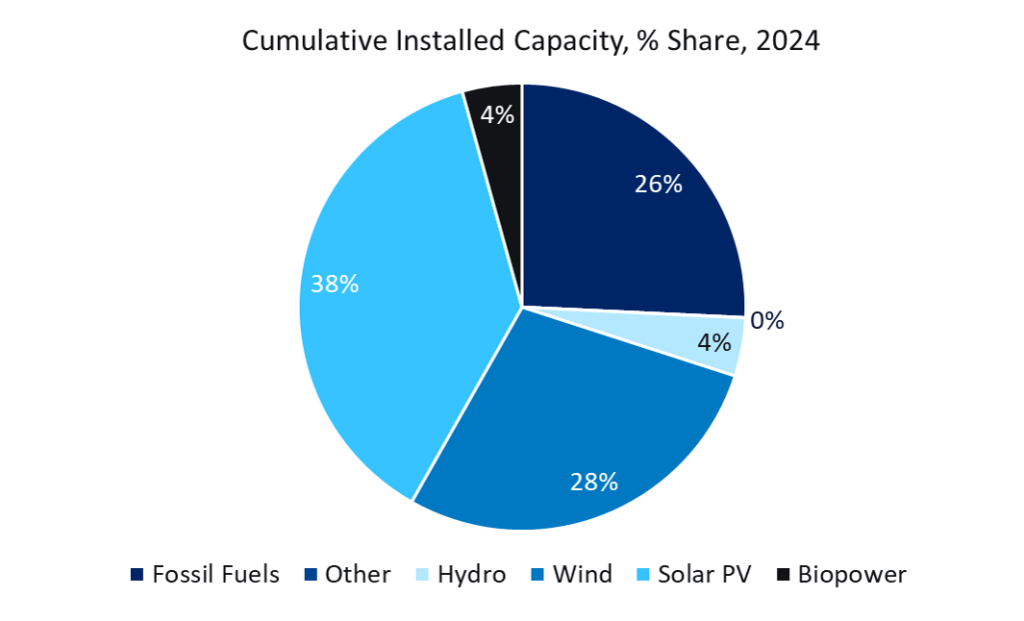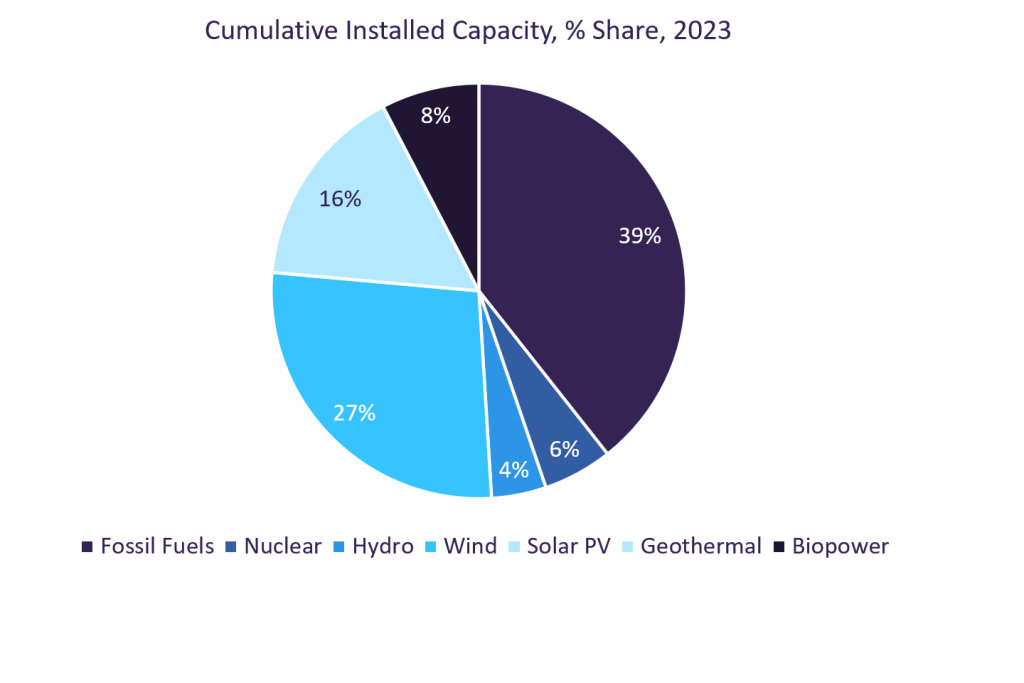Coal power generation has been on the fall in the US since 2009 due to the discovery and expansion of the much more economic option – shale gas.
Added to this, the Environmental Protection Agency (EPA) had implemented the Cross-State Air Pollution Rule that also led to several coal-fired plants either shutting down, reducing generation or implementing expensive refurbishments in order to comply to the Rule. Following this, solar PV took off as a mainstream generating source with an average of 4.7GW capacity added each year during 2011–2015, while onshore wind power was already a mature technology in the country. Solar PV and wind power grew significantly from 2010 to 2020 and are estimated to add significant capacities during 2021–2030 as well.
How well do you really know your competitors?
Access the most comprehensive Company Profiles on the market, powered by GlobalData. Save hours of research. Gain competitive edge.

Thank you!
Your download email will arrive shortly
Not ready to buy yet? Download a free sample
We are confident about the unique quality of our Company Profiles. However, we want you to make the most beneficial decision for your business, so we offer a free sample that you can download by submitting the below form
By GlobalDataThe Investment Tax Credit (ITC) and the Production Tax Credit (PTC) have played a major role in the success of the solar PV and wind power markets in the country. Despite the IRS’s plans to phase out the ITC over the next few years and end the PTC at the end of 2021, the two technologies are set to show consistent capacity additions during 2021. While solar PV is set to add on an average, 19GW each year during 2021–2030, onshore wind power is set to add 6.7 GW. A major milestone to the country’s power portfolio would be the first commercial offshore wind farm that is set to be commissioned in 2023. Subsequently, 1GW to 2GW offshore capacity is set to be commissioned each year during 2024–2026, and 2GW to 4GW each year during 2027–2030. Beyond 2030, offshore wind power is set to add significant capacity and become a major part of the country’s power portfolio.

GlobalData’s current estimates show minimal addition of nuclear power during 2021–2030. However, it is likely that the new democratic government will make positive announcements about their stand on expanding nuclear power in the country. This may lead to a significant addition of nuclear power capacity toward the end of this period and even more capacity addition after 2030 considering the long construction time required for nuclear power stations. A few reactors that have reached the end of their life have been granted 20-year extensions and it does look clear that several other reactors would be granted similar extensions.











Related Company Profiles
I.R.S.
EPA Sp zoo
PTC Inc